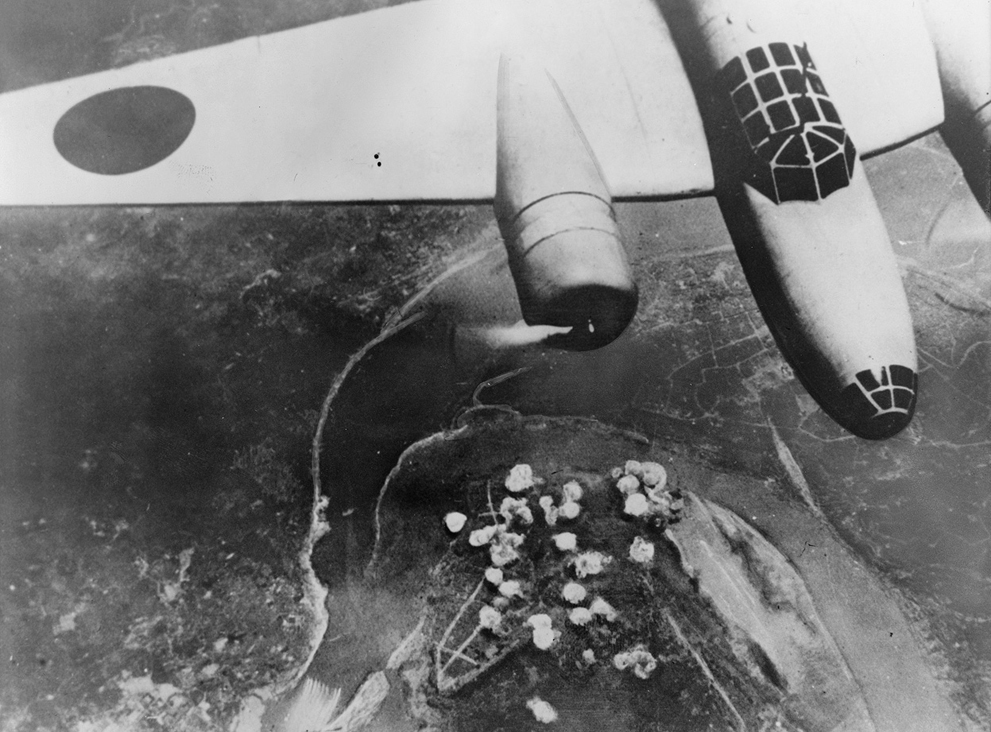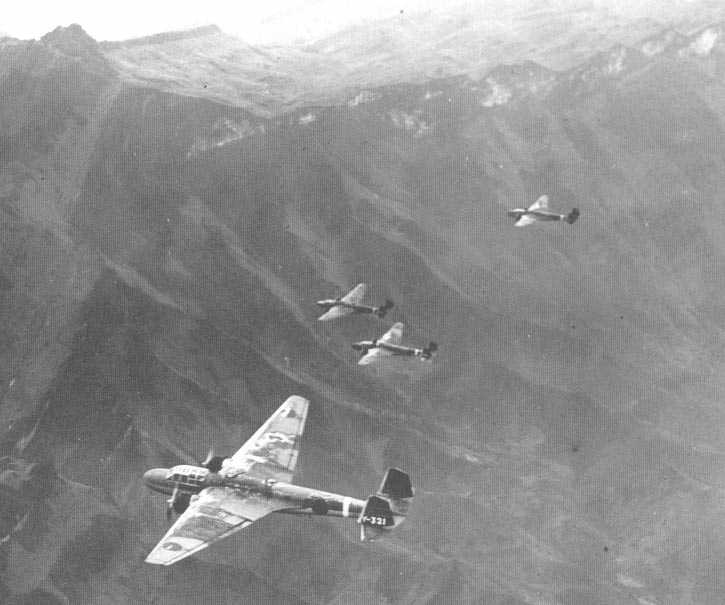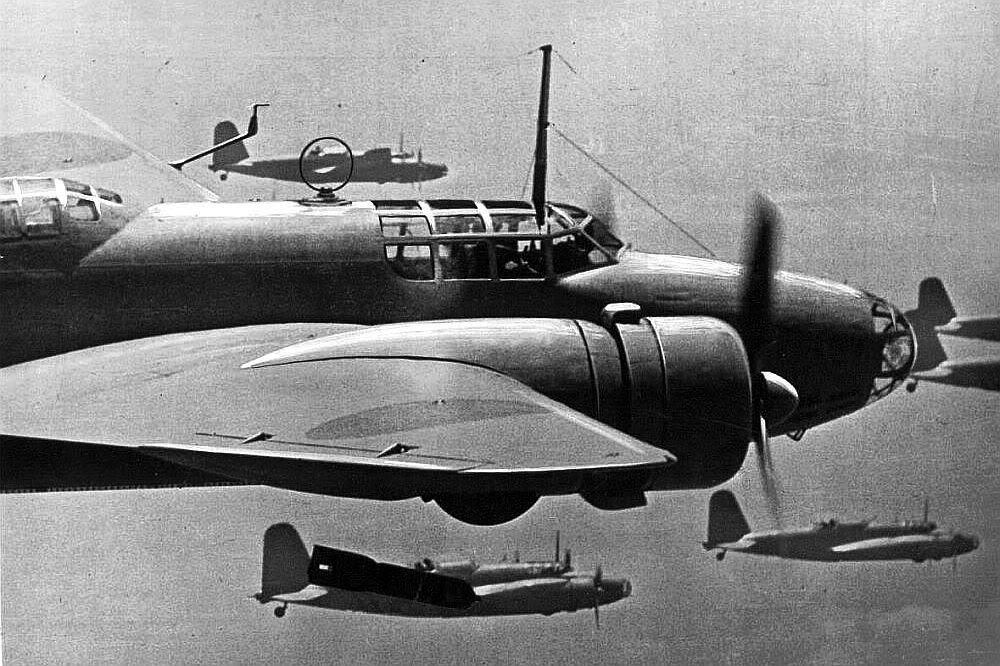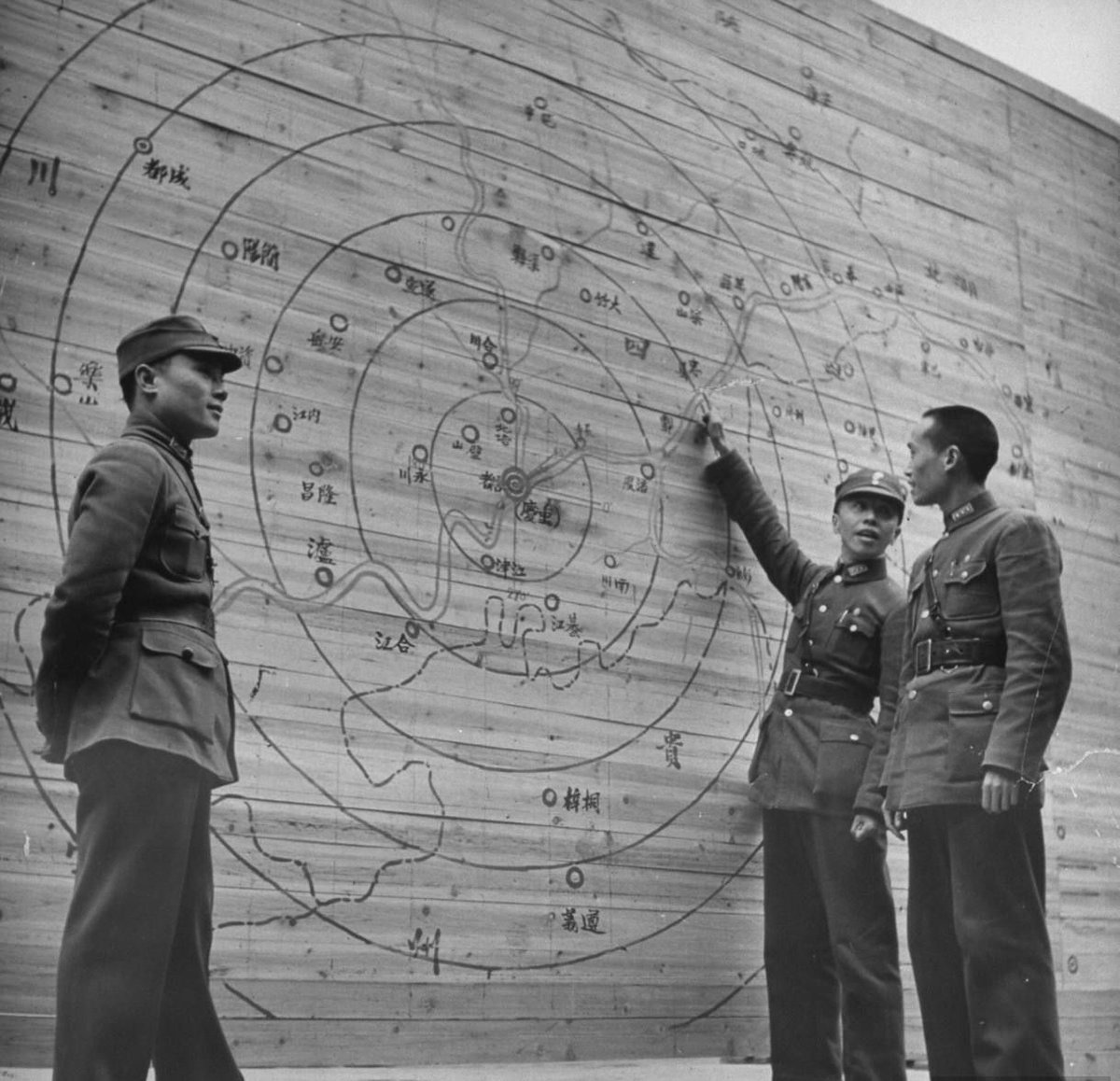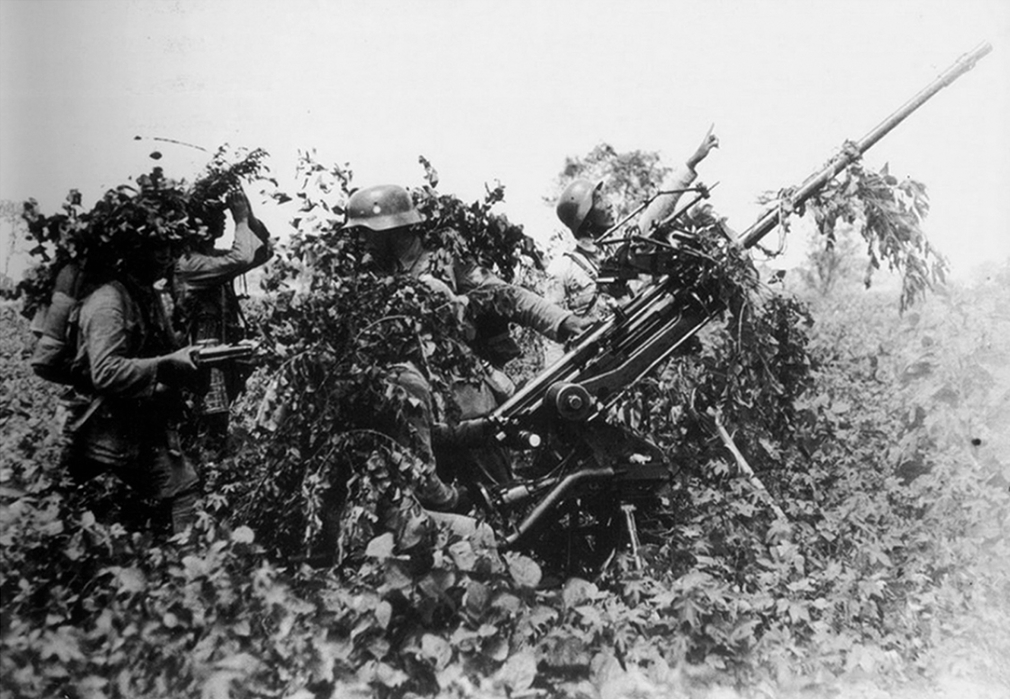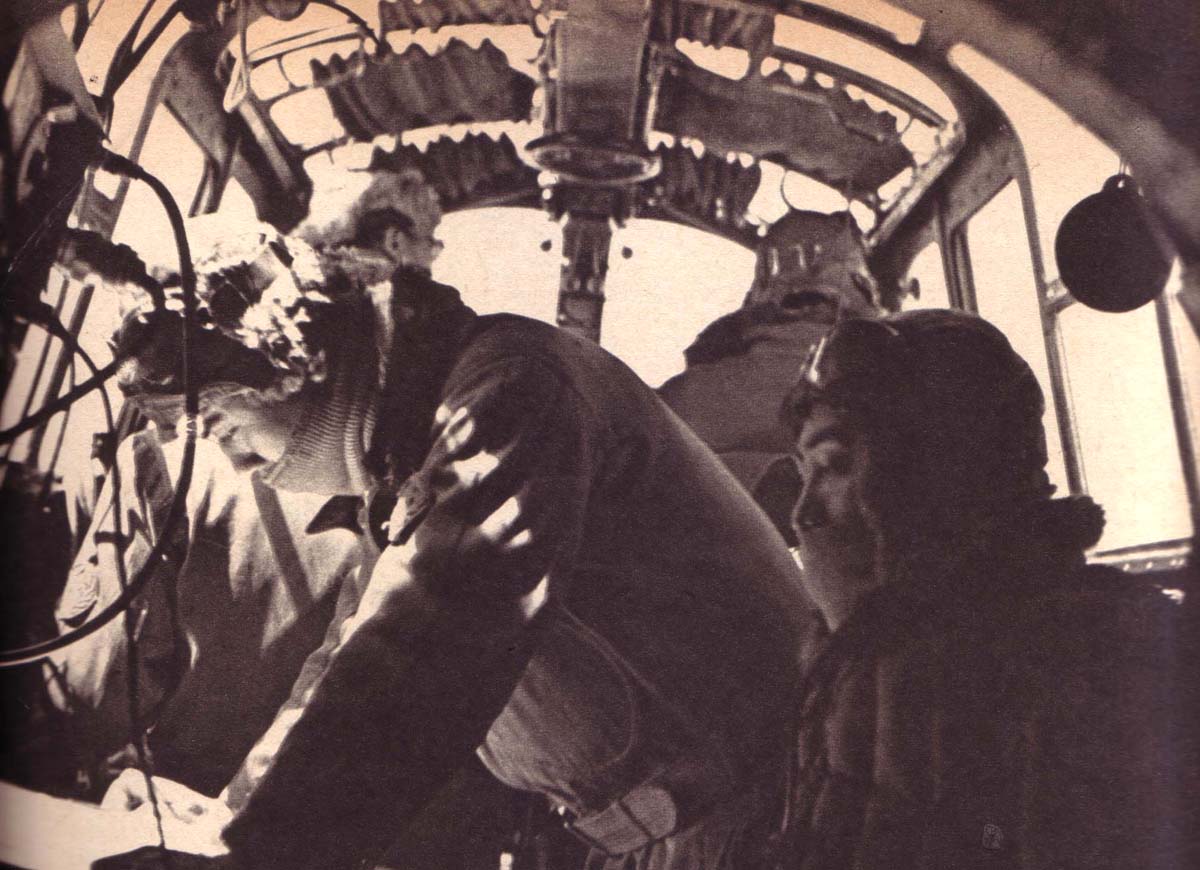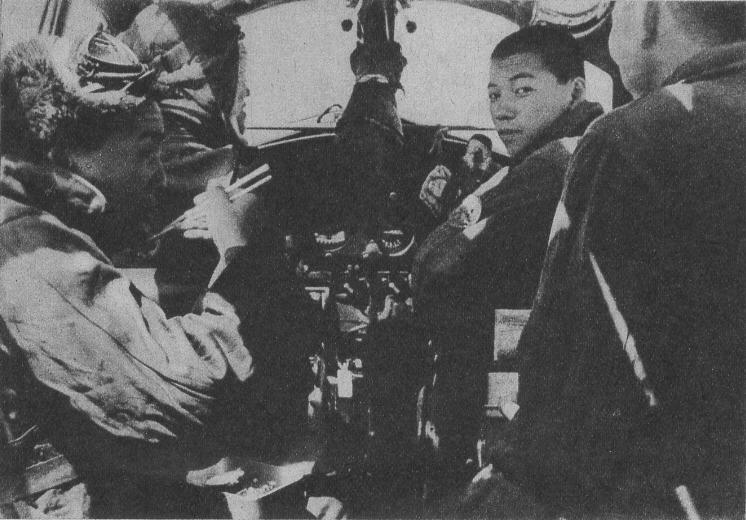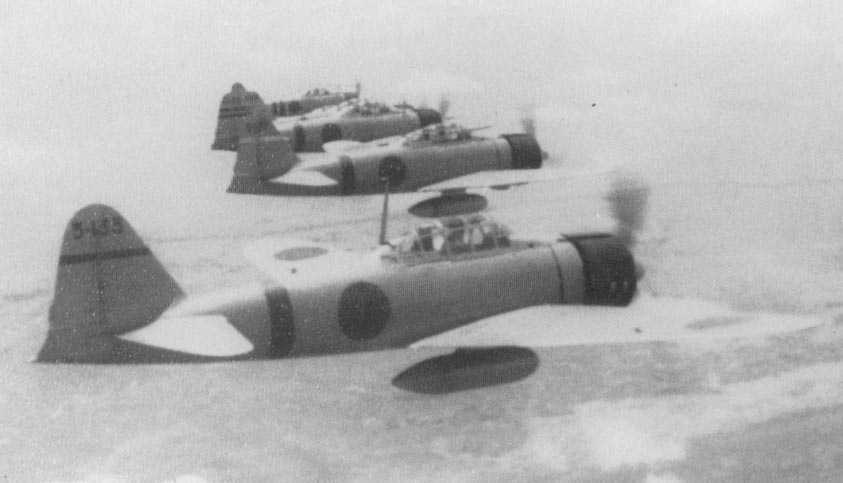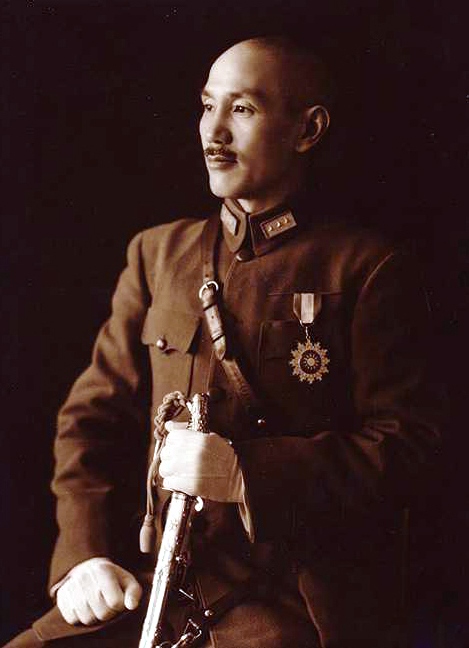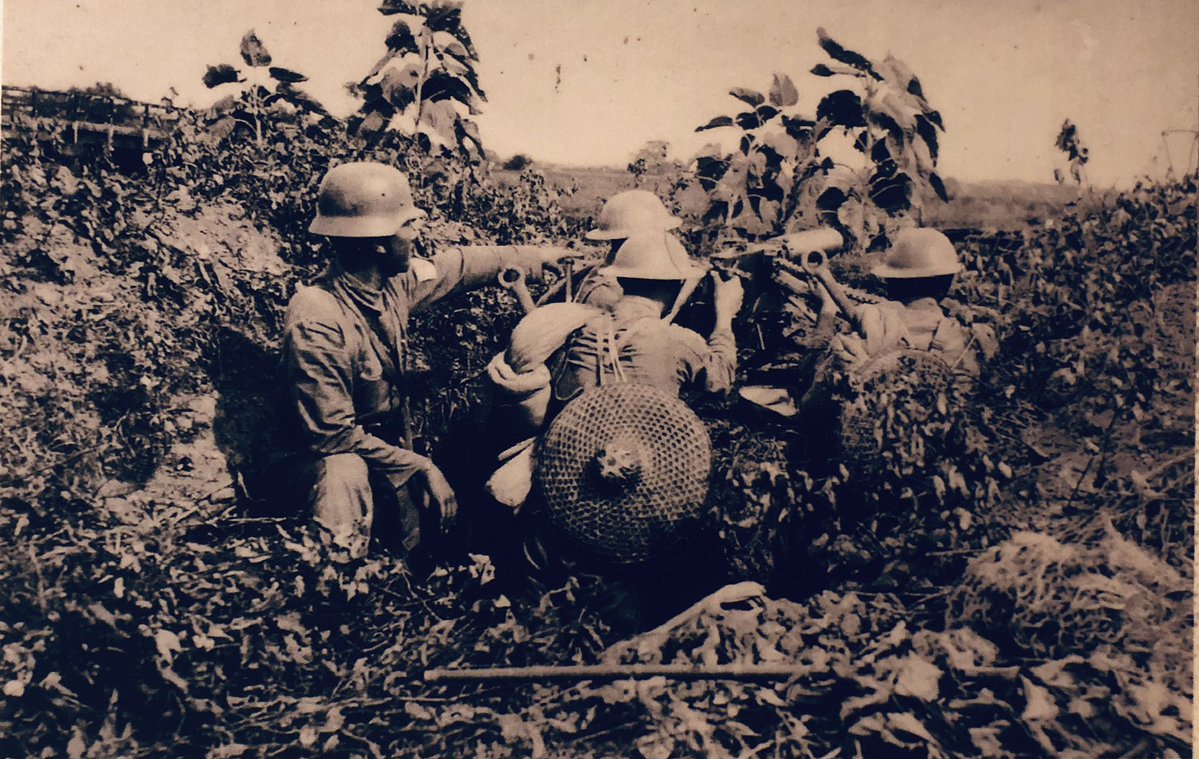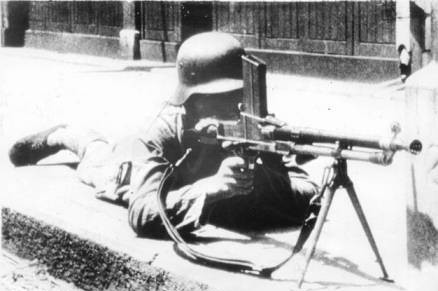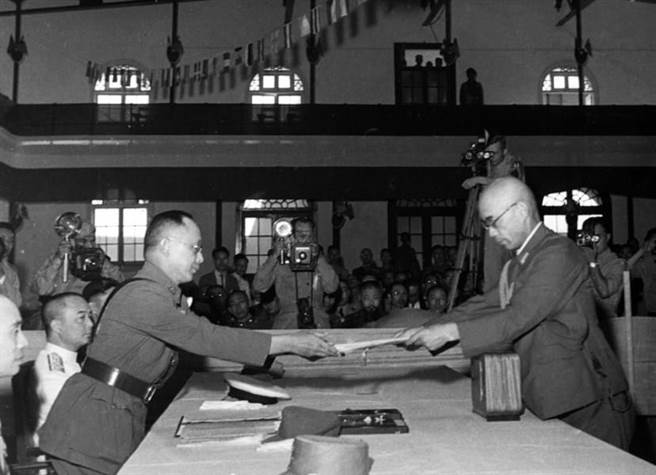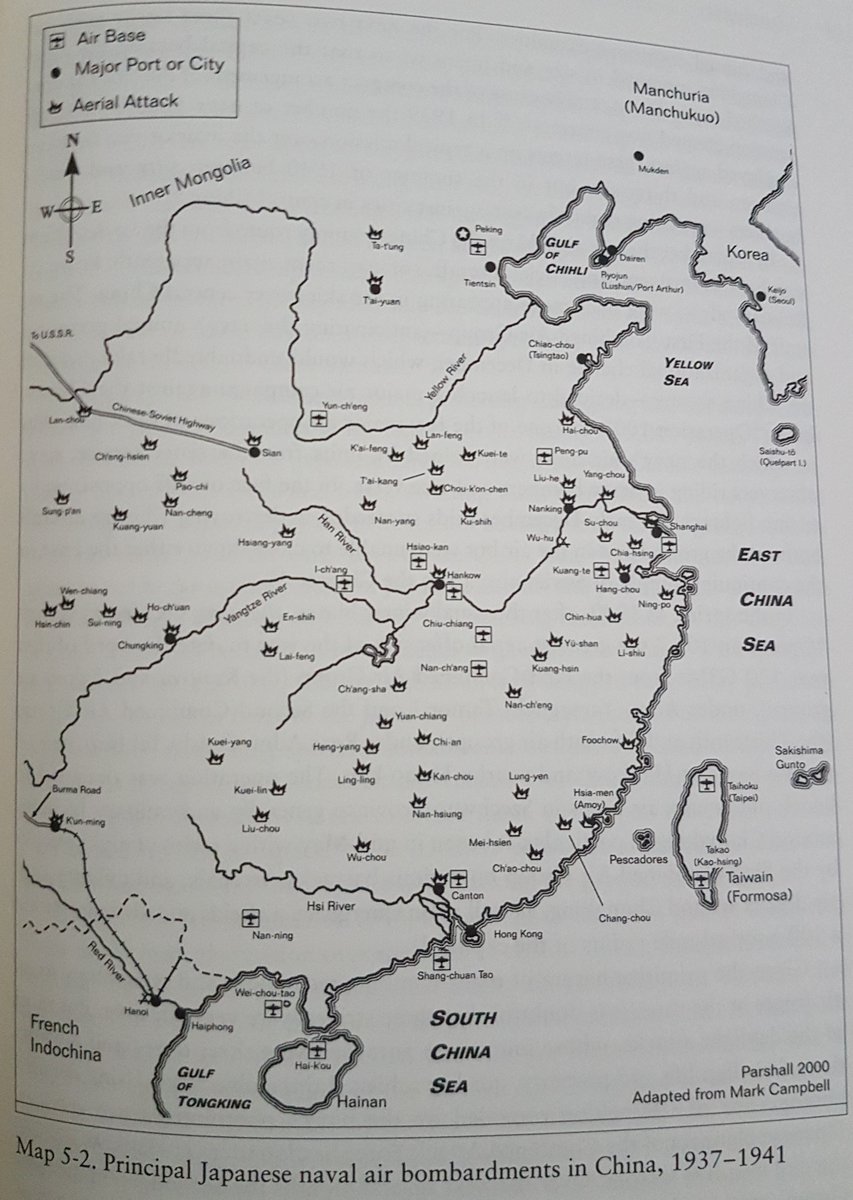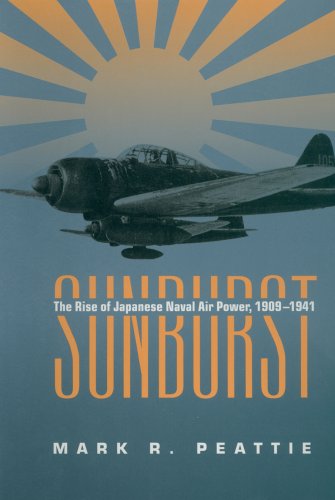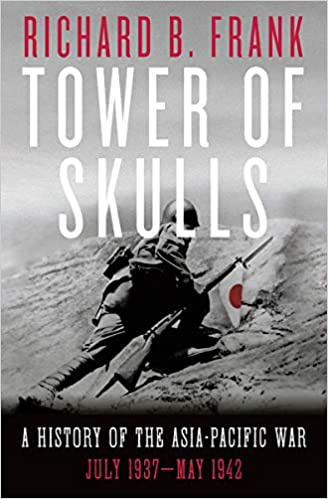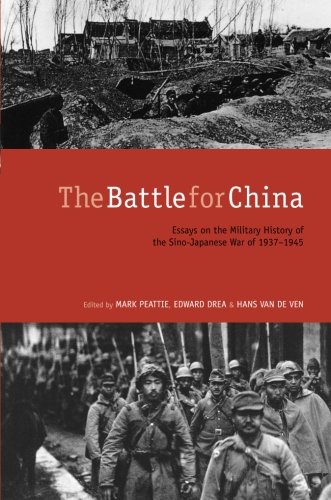Here is a brief thread on Japan& #39;s terror bombing of the Chinese wartime capital of Chongqing. It is referred to in China as the "Great Bombing of Chongqing." Japanese bomber crews eventually referred to it colloquially as the "Chongqing milk run."
Bombings ran from Feb 1938 to Aug 1943, & involved both Japanese air services. ~15,000 people were killed & ~20,000 injured. Edna Tow notes, "Japan& #39;s bombardment of the city caused deprivation, disruption, and property losses of a magnitude that will likely never be known fully."
By late 1938, China remained in the war and the specter of a quagmire loomed. In December 1938, Imperial General Headquarters acknowledged the growing stalemate on the ground and assigned the highest priority to aerial bombing against "strategic and political targets."
The air war was intended to work in concert with the naval blockade and other measures to force the Chinese to the negotiating table. Terror bombing in particular was viewed as a critical element. The aim was to destabilize the Chinese government and demoralize its people.
The raids began on a relatively small scale, but as they continued the number of aircraft involved and the sophistication of the tactics increased. The experienced gained by the Japanese air services in conducting large, sustained operations over long ranges proved invaluable.
The bombings reached their climax starting in May 1940, with the launch of Operation 101 - a massive, joint army-navy air offensive against Chengdu, Chongqing, and other targets. During 1940, the Japanese recorded 3,715 sorties in 182 raids. Nine aircraft were lost, 100 damaged.
Richard Frank notes that Operation 101 "was not only Japan& #39;s first strategic bombing campaign but the first in history in which the attacker explicitly admitted the purpose of forcing a national surrender by terrorizing civilians. https://www.youtube.com/watch?v=S6b7UyjXVUM">https://www.youtube.com/watch...
Chongqing had air defenses. The passive defenses, such as air raid shelters and early warning systems, were robust. Active defenses were modest. ~160 aircraft available to defend Chongqing by the end of 1940. AA in 1939 consisted of 17 75mm, eight 37mm, and eight 20-25mm weapons.
These modest active defenses gave Japanese bombers plenty of trouble. They were forced to approach from frigid higher altitudes, making use of oxygen. It was a seven hour round trip from bases around Hankow. Fighters would harass and break up their unescorted formations.
Operation 102 launched in the Spring of 1941. It was cut short with the withdrawal of Japanese Navy units from China to work up for the move south. With the introduction of the Zero, the Japanese could finally provide escort to their bombers throughout the missions.
Japan& #39;s bombing efforts in China failed to collapse the Chinese government or break the will of the Chinese people to resist. There was also little of strategic value to bomb in Chongqing, since it had been a backwater before the war.
This is only one small part of the air war in China. Japan& #39;s air power proved more successful with offensive counter-air, interdiction, and close air support. Nor was Chongqing the only Chinese city or town to be heavily bombed by the Japanese.
Selected sources. Japanese Monograph No. 76 can be found online at the link below. Monograph No. 166 is also relevant, but only covers part of 1937. There is quite a bit more out there that covers aspects of this as well.
http://ibiblio.org/hyperwar/Japan/Monos/">https://ibiblio.org/hyperwar/...
http://ibiblio.org/hyperwar/Japan/Monos/">https://ibiblio.org/hyperwar/...

 Read on Twitter
Read on Twitter


